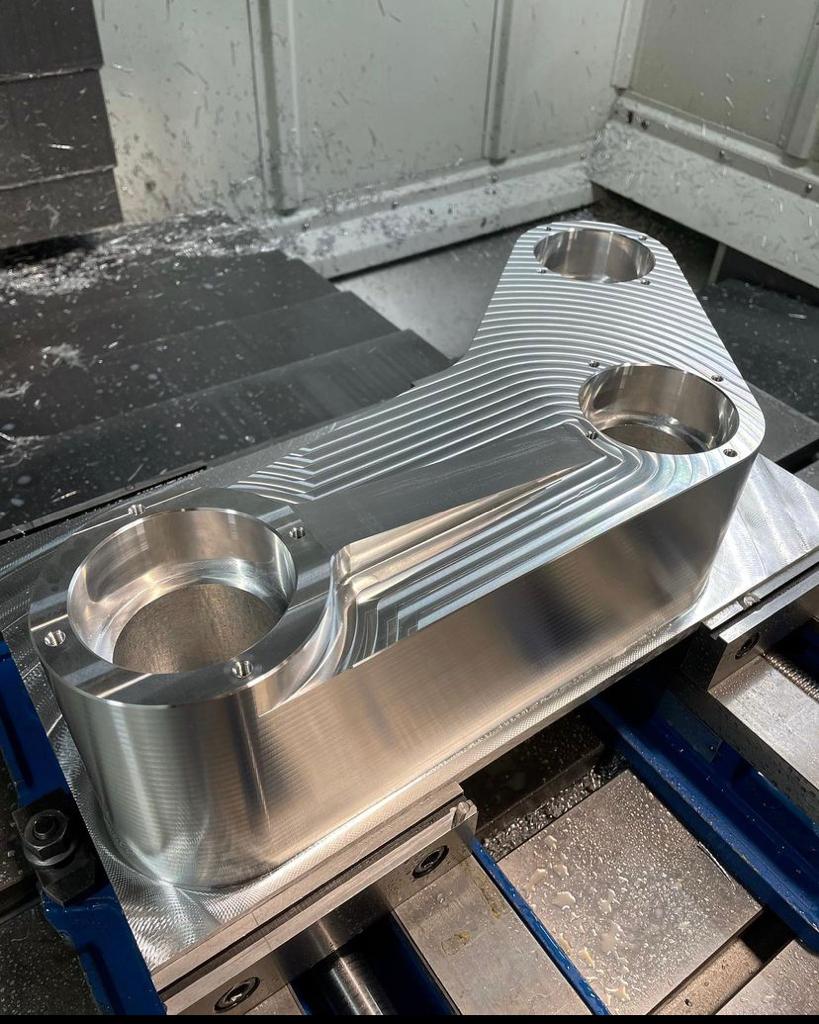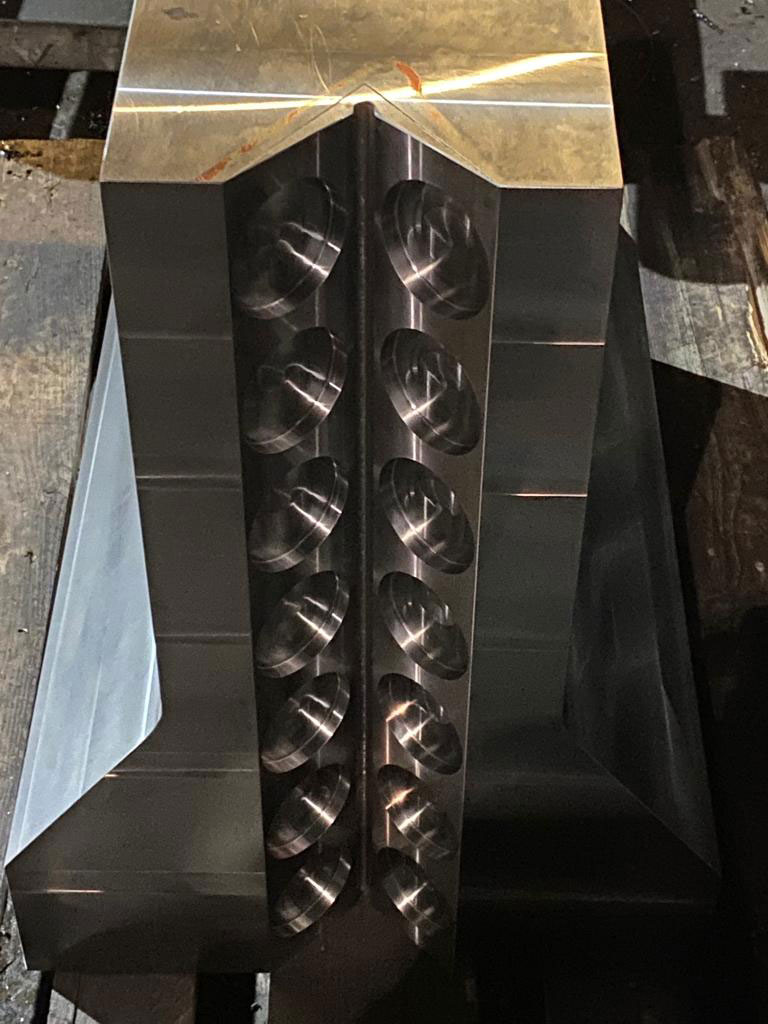CNC Machining Service for Custom Parts
- Home
- CNC Machining Service for Custom Parts
CNC PROCESSING
CNC HOLE PUNCHING
CNC LATHEING
GRINDING
What is CNC Processing?
Computer Numerical Control (CNC) processing stands as a cornerstone in the realm of modern manufacturing. By blending computer programming with machinery, CNC processing brings unprecedented precision, efficiency, and versatility to the production floor. This article delves into the essence of CNC processing, its operational mechanics, and the diverse applications it serves across various industries.
At its core, CNC processing involves the use of computerized controls to manage the movement and operation of machinery. Tools like lathes, mills, grinders, and routers, once manually operated, are now directed by software that dictates their movements to execute complex cuts, shapes, and designs with meticulous accuracy.
How Does CNC Processing Machine Work?
The journey of CNC processing begins with a digital design, created using Computer-Aided Design (CAD) software. This design is then translated into a machine-readable format using Computer-Aided Manufacturing (CAM) software or G-code, the universal language that controls CNC machines. Once the design is fed into the CNC machine, the computer executes the commands, guiding the machine tools to perform the detailed cutting, drilling, or shaping as per the design specifications.
CNC Processing Machine Components?
CNC systems are comprised of several key components:
- Controller: The brain of the machine, interpreting the G-code and transforming it into precise mechanical movements.
- Drive System: Consists of motors and gears, facilitating the movement of the machine parts according to the commands.
- Feedback System: Utilizes sensors to monitor and adjust the machine’s operation, ensuring accuracy and correcting deviations in real-time.
- Machine Tools: The actual cutting, drilling, or shaping tools that execute the design on the material.
CNC processing’s adaptability makes it indispensable across numerous fields. Its applications range from the creation of intricate components in aerospace engineering to the fashioning of custom furniture in woodworking.
- Aerospace and Defense: In industries where precision is paramount, CNC processing enables the production of complex aerodynamic components with tight tolerances, such as turbine blades and fuselage parts.
- Automotive Industry: CNC machines fabricate high-strength, lightweight vehicle components, contributing to the efficiency and performance of modern automobiles.
- Medical Sector: CNC processing is critical in manufacturing bespoke prosthetics, dental implants, and surgical tools, significantly enhancing patient care and medical outcomes.
- Electronics Manufacturing: The production of circuit boards, enclosures, and connectors benefits from CNC’s precision, meeting the miniaturization and complexity demands of electronic devices.
- Art and Design: CNC processing transcends traditional manufacturing, allowing artists and designers to create intricate sculptures, jewelry, and decorative pieces with intricate details and complex geometries.
CNC processing brings a multitude of benefits to the manufacturing landscape:
- Precision and Consistency: Achieves unparalleled accuracy in production, ensuring every piece is consistent with the last.
- Efficiency: Reduces production time significantly, from design to final product, through automation.
- Flexibility: Easily adapts to changes in design with minimal downtime, supporting custom and small-batch production.
- Safety: Minimizes the need for direct human intervention with machinery, reducing the risk of workplace accidents.





